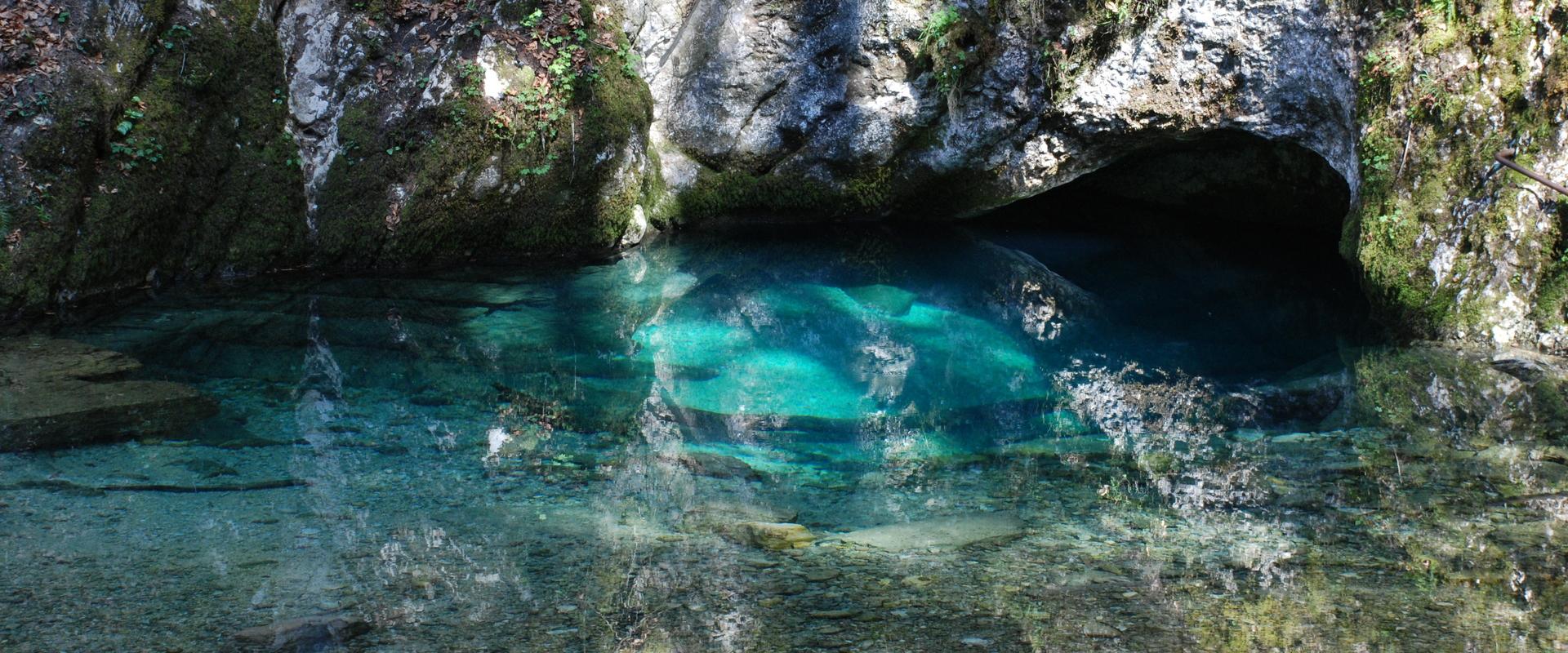The groundwater cycle
Transcription
Water evaporates above the ocean and forms clouds. Water then hits the ground when it rains, and sometimes when it hails or snows. Part of this water flows on the ground. Another part infiltrates it. The water penetrates the top soil. In a few hours, it continues downwards, following spaces between the rock's grains. These empty spaces contain both air and water. This is called an unsaturated zone. When the water hits an impermeable layer, it can't go any further.
It accumulates and forms groundwater where the empty spaces between grains fill with water. This is the saturated zone. The water flows horizontally over this impermeable layer, moving a few metres per day towards the lowest point. As long as it rains, the groundwater fills up faster than it is emptied and its level rises. When it stops raining,
the level goes down. This is called groundwater drainage. From spring until autumn, even if it rains, evaporation from heat and plants will use up all the water that penetrates the top soil. This water won't go into the groundwater. At the lowest point, it continues to flow into the river. The groundwater level gradually lowers throughout summer and the river flow decreases. Water that enters a porous layer accumulates on the impermeable layer and forms groundwater
that flows horizontally. When the water goes underneath an impermeable clay formation, it will flow much more slowly, and its level cannot rise. It is blocked by the impermeable layer above it. In this confined groundwater, the water is under pressure. If we bore through the impermeable layer, water will come up the tube. If there is enough pressure,
it will even burst to the surface. This is called an artesian well. In the wild, there is often a superimposition of porous and impermeable layers. These pile up into a kind of tome as is the case in the Aquitaine basin.








Water evaporates above the ocean and forms clouds. Water then hits the ground when it rains, and sometimes when it hails or snows. Part of this water flows on the ground. Another part infiltrates it.